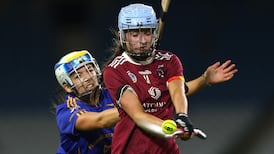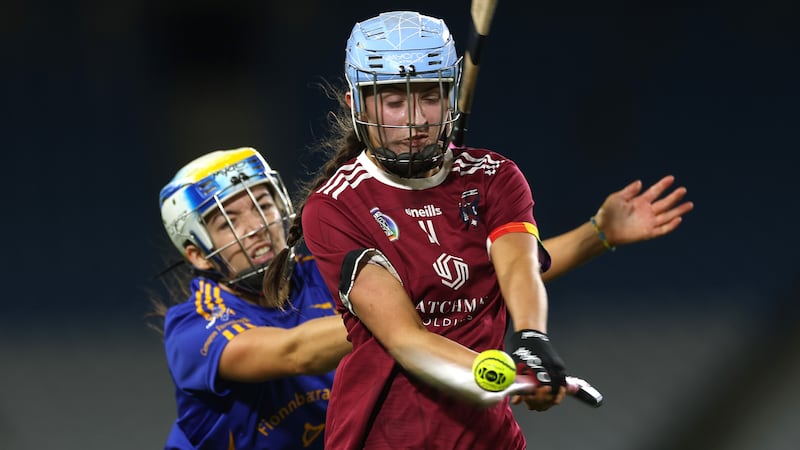Denis WalshInterview
Cora Staunton: ‘It was an experience I wasn’t ready for, but it was probably the best thing I did’
Gaelic football or AFLW - the only difference was the game. Everything in her was the same

Join The Irish Times on WhatsApp and stay up to date
Get an in-depth look at the action with the Inside Gaelic Games newsletter













